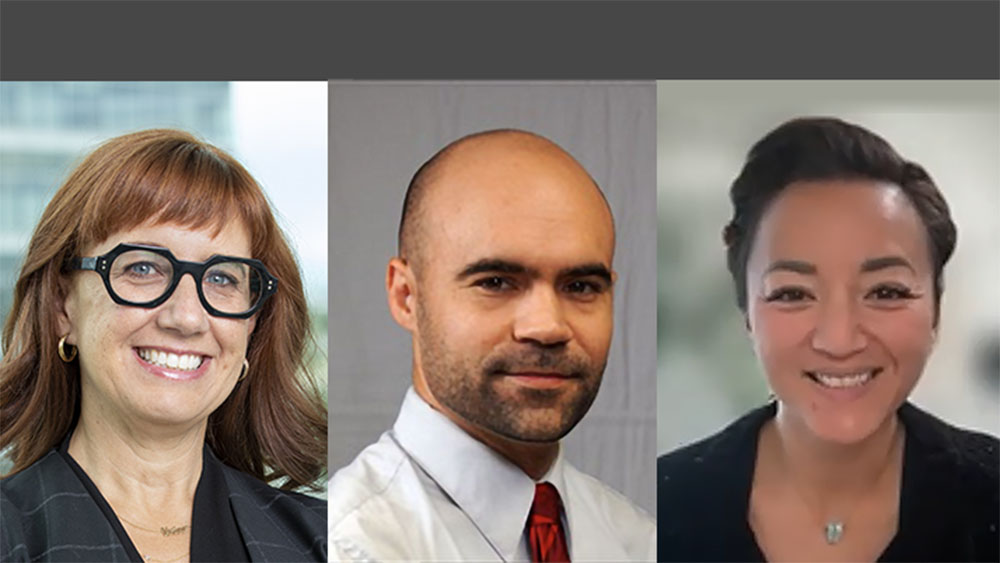
One could argue that nonmelanoma skin cancer should not even be called Cancer. While under the microscope it looks like cancer, it doesn’t really act like what most people think of when they hear the word, “Cancer.” Unlike the much less common melanoma or cancers of other organs, plain old run of the mill skin “cancer” almost never metastasizes (ie, spread to different organs). It usually grow very slowly, and is almost never fatal. Often it is asymptomatic and has no impact on quality of life. This condition just does not deserve the dread and fear associated with word, “Cancer.”
Since nonmelanoma skin “cancer” usually poses no threat at all to survival, the reason to treat the “cancer” is to improve well being. We can enhance well being by treating a “cancer” that is currently bothersome to the patient, or will become bothersome if it grows and expands. But this is where it gets interesting. Since many of these “cancers” grow very slowly, some will never become problematic in the patient’s lifetime. This is a very important consideration as skin “cancer” is predominantly a disease of older people. Many persons with skin “cancer” are very old or very frail. Patients with limited life expectancies may do fine with either minimal treatment, or perpaps even no treatment at all. This suggests that the best treatment for a particular “cancer” needs to consider the age and health status of the patient.
But, in actual practice, when a patientt has skin “cancer”, does the treating provider consider the individual characteristics of the patient in front of them, or do they use a one size fits all approach, focusing on the “cancer”, but not the person?
A fascinatingstudyin JAMA Internal Medicine suggests we are overtreating skin “cancer” in patients who are very old or very frail because of a one size fits all approach to treatment. The study was led by Dr. Eleni Linos, with senior author Dr. Mary-Margaret Chren, both Dermatologists at UCSF. They examined treatment of patients with nonmelanoma skin “cancer” at UCSF and the San Francisco VA. They did a very interesting comparison of how skin “cancer” treatment varied in patients with long vs limited life expectancies. The limited life expectancy group included persons over the age of 85, or with many medical conditions.
They found:
- Patients are almost always treated. The no treatment option was chosen for only 3% of skin “cancers”. Of note, 60% of “cancers” were not on the face, and in only 22% of cases were patients significantly bothered by their “cancer”, suggesting that very conservative management of deferred treatment should have been reasonable in at least some patients.
- Patient characteristics are not considered in the treatment decision. There are a number of treatment options for patients ranging from very simple and less invasive options like destruction (i.e., freezing) to surgical options. The most invasive option, Moh’s surgery was used in 34% of patients. Moh’s surgery takes on average 3 hours and is also the most expensive option. Patients with long life expectancies and short life expectancies were equally likely to get Moh’s surgery. Thus very advanced age or severe co-existing disease seemed to make not one iota of difference in treatment.
This study suggests we need to revisit how we treat skin cancer, especially in the very old. Perhaps we should at least inform patients that deferring treatment may be a viable option. When treatment is deferred, patients have the option of getting treated later if they change their mind, or the skin cancer seems to be growing. When the skin cancer is treated, patients need to have more of a say in their treatment options, and given the choice of less invasive and bothersome treatments with less risk of complications.
by: Ken Covinsky (@geri_doc)



